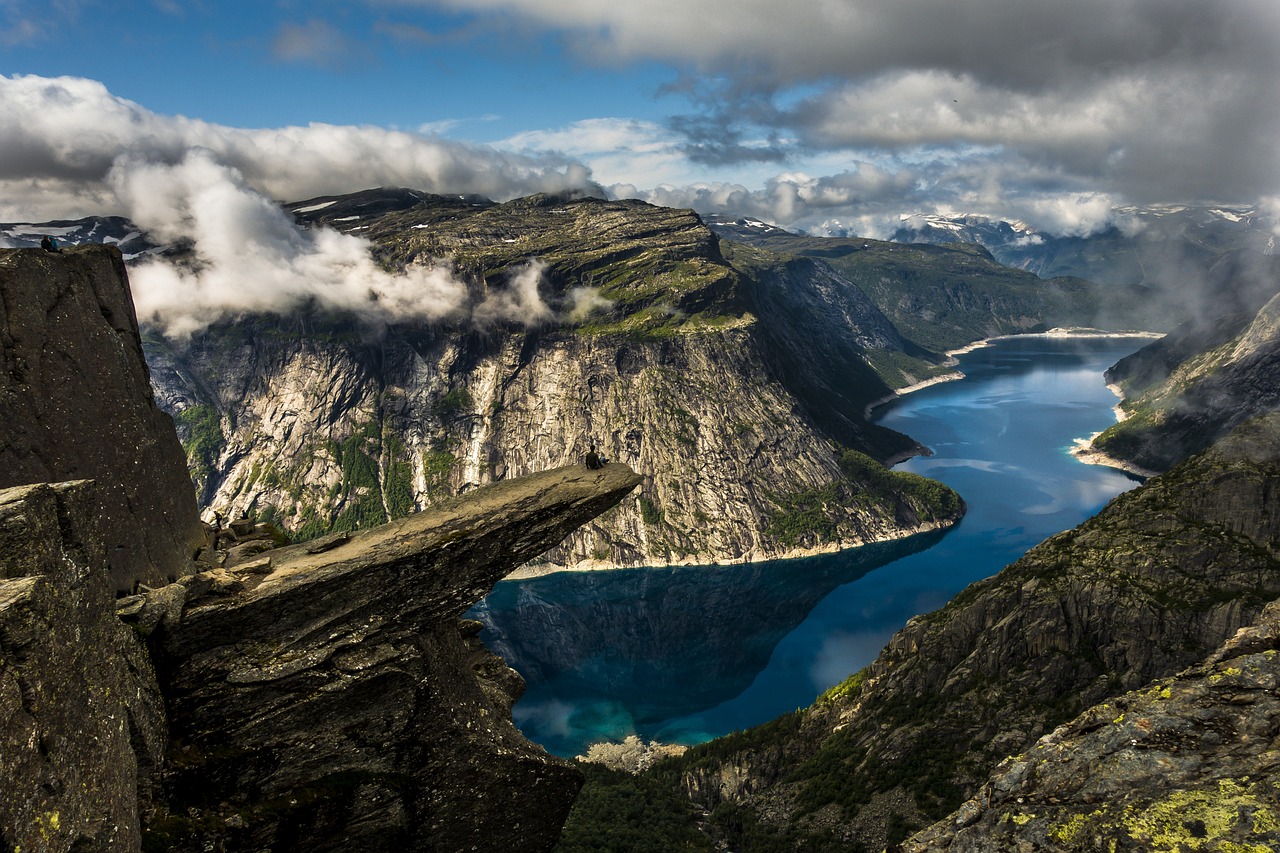This is obviously one of the questions we ask ourselves when we have to go abroad. What currency is used there, what money do I have to bring with me, where to change after, what budget do I have to plan on the spot, do we have to leave tips, etc. etc.? Questions to which we offer you the beginning of an answer here.
Go there today Norway to talk about money…
What currency for Norway?
The Norwegian krone has been the currency of the Kingdom since its independence in 1905.
- Ideate: Norwegian Krone (100 hours).
- Billets: 50, 100, 200, 500 and 1,000 DKK.
- Pieces : 1, 5, 10 and 20 DKK.
- Exchange rate : this is Here you are.
Note that as of 2012, there are no longer any gold-denominated coins. Prices paid in cash are therefore rounded to the nearest crown.
Exchange and payments
Of course, the euro and the main currencies can be exchanged without problems in exchange offices or banks that offer this service. You can also withdraw money from the numerous ATMs located throughout the country.
Which currency to take?
The euro is obviously the easiest solution if you are from the eurozone and intend to carry cash with you.
Payment methods
Payment by card (and often also by smartphone) is possible everywhere and for everything. However, be careful of bank fees if you make too many purchases or withdraw small sums as Norway is not in the eurozone.
On the way back
You will be able to exchange your remaining Norwegian kroner upon your return. But as always it is better to avoid finding yourself at the end of your stay with a surplus of local currency which you will then have to exchange.
Balance
Norway, like the rest of Scandinavia and perhaps even more than its neighbors, has a reputation for being an expensive, if not very expensive, country to travel to. What is true.
However, depending on the type of stay you are taking and the season, you may still be able to save money.
First of all, it is advisable to have your own transport and also arrive with it, especially if there are more of you. And this is to be able to exploit (in summer) the possibilities of the camp or free camping which most of the time still require a certain autonomy in terms of transport.
Additionally, you can carry as much food as possible with you in your vehicle, which will further reduce your “meal” budget.
In short, by camping, traveling with your own vehicle and cooking your own meals, you can hope to get by with a daily budget of between €50 and €60, or even a little less in the case of wild camping. Otherwise, without this, it is rather around double (base of two) that we will have to plan as best we can; and again only for accommodation+meal+transport places.
Because, despite everything, you will hardly escape the fact that in Norway you often pay for everything and everything at sometimes exorbitant prices: road access, tunnels, ferries, car parks, museums at exorbitant prices, etc., without obviously forgetting the trips, the food and in general everything that is for sale and is not produced in the country.
In short, unless you limit your desires too much (and again!), there will always be “sometimes significant supplements” to expect.
Which can be expensive
- Pretty quick tolls and ferries to cross the fjords if you have a motor vehicle.
- Everything or almost everything, especially if it is not produced in the countryside.
Which might not cost much
- Camping, even wilder.
- Picnic and cooking, especially if you have brought your own supplies (motorized trip).
- Travel out of season.

Suggestions
As for tipping, it is not very common in Norway. Except in bars or restaurants where, when you are satisfied with the service or the place, you can leave 5 to 15% of the bill.
